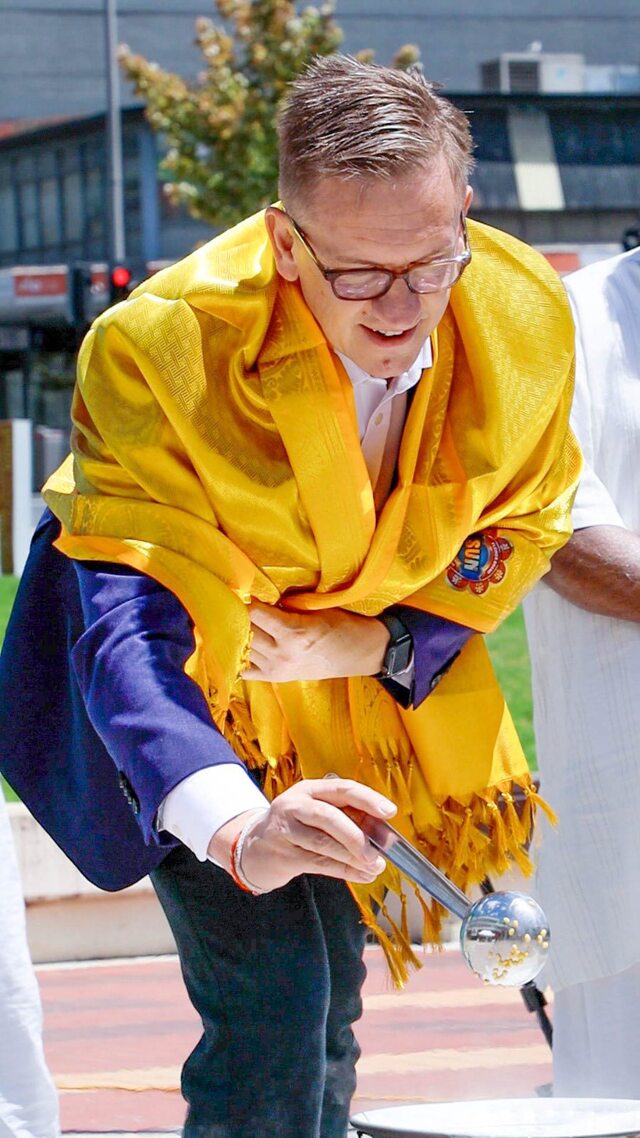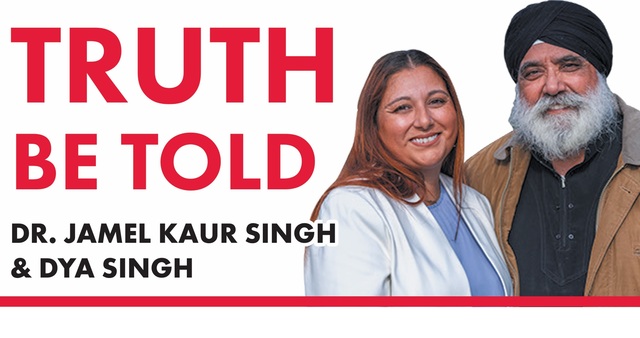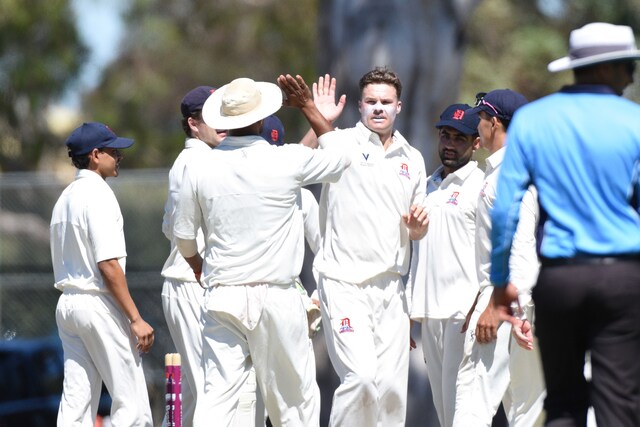In our increasingly diverse world, the myriad of cultural, religious, and ideological beliefs and practices often challenge our ability to contemplate and accept views that conflict with our own convictions and way of life.
This diversity, while enriching, can be difficult to embrace when it clashes with personal beliefs.
It is in this complex environment that our youth are growing up, marked by significant differences in convictions, beliefs, and practices.
These differences, though enriching, can be hard to accept when they conflict with one’s own views.
Modern plural societies must adhere to principles that allow others to live as they choose, leading to a growing interest in promoting tolerance among children and adolescents.
Tolerance requires people to accept ideas and lifestyles with which they do not necessarily agree and that may be incompatible with their own.
It is not simply the opposite of prejudice, nor is it the same as valuing diversity.
Children can tolerate what they do not necessarily find desirable.
Tolerance is not indifference or neutrality but involves refraining from interfering with others’ beliefs or practices, even when they are evaluated negatively.
This could be when others engage in cultural practices or voice beliefs that are unappealing, unsettling, or uninviting.
Understanding the developmental patterns of responses toward tolerance is crucial.
Young children often start with a self-centered worldview, but as they grow, their cognitive abilities and social experiences expand, allowing them to understand and appreciate different perspectives.
Encouraging exposure to diverse cultures and viewpoints from a young age can foster this developmental progression.
Tolerance implies having moral reasons for accepting what one finds negative.
It is not genuine tolerance when someone refrains from acting out of fear, social disapproval, possible sanctions, or concerns over self-image.
Factors such as parental influence, education, peer interactions, and media exposure play significant roles.
Positive role models and environments that encourage open dialogue about differences can enhance a child’s capacity for tolerance.
Tolerance does not mean that anything goes, and children’s judgments of relativism differ from their tolerance of divergent beliefs.
They use non-relativistic criteria for evaluating beliefs that reflect disagreements.
Teaching children that it is possible to disagree with someone respectfully without undermining the validity of their beliefs is a critical aspect of cultivating tolerance.
To cultivate tolerance in children and adolescents, it is essential to encourage moral reasoning, promote an understanding of diversity, and set clear boundaries for acceptable behaviour.
By focusing on these strategies, we can help children and adolescents develop a robust sense of tolerance. This will enable them to respect and accept diverse perspectives, fostering a more harmonious and inclusive society.
The future of our pluralistic world depends on the next generation’s ability to navigate differences with wisdom and compassion.
– Enquiries regarding the Interfaith Network, City of Greater Dandenong: administration@interfaithnetwork.org.au or 8774 7662.
Visit interfaithnetwork.org.au


















